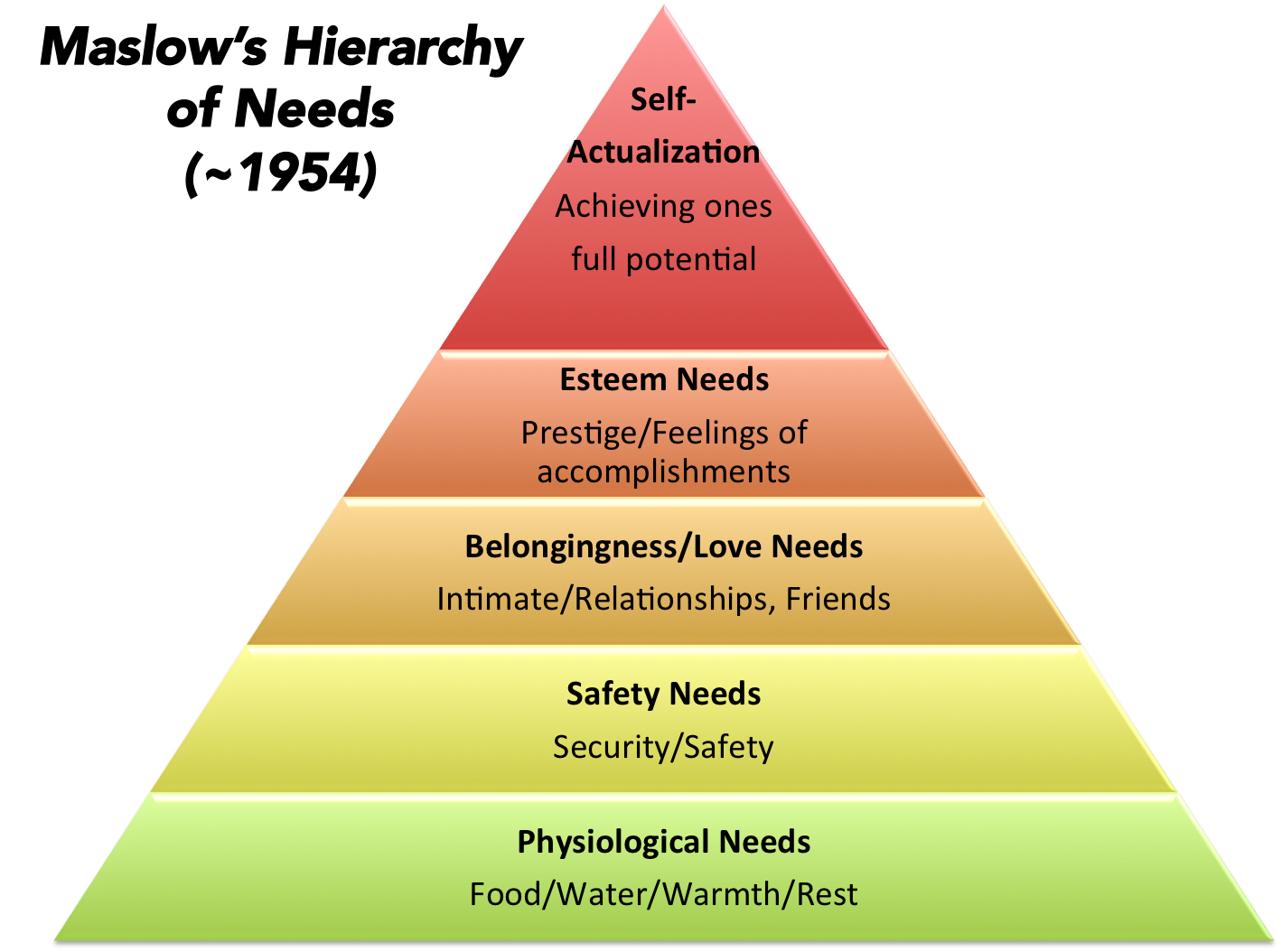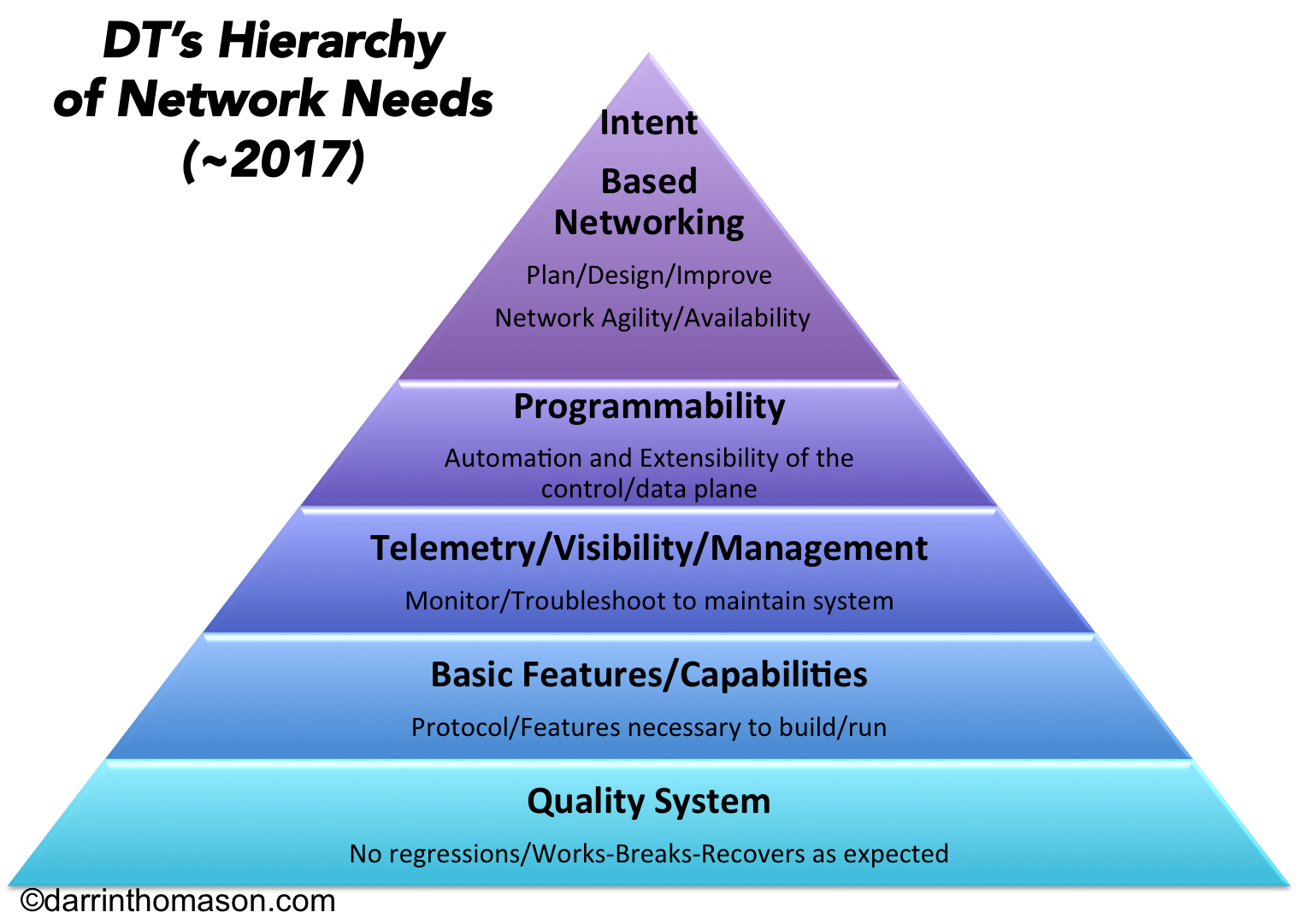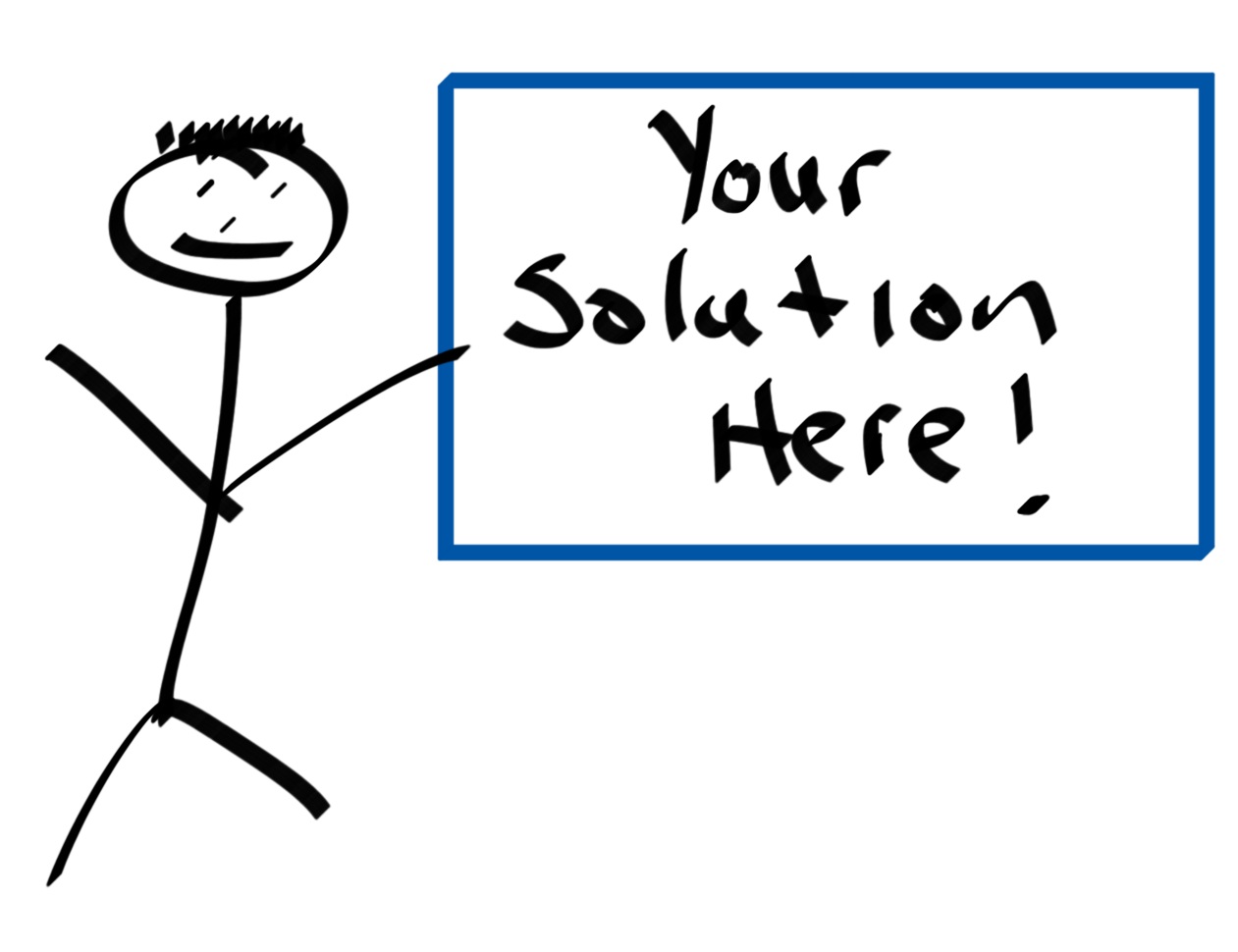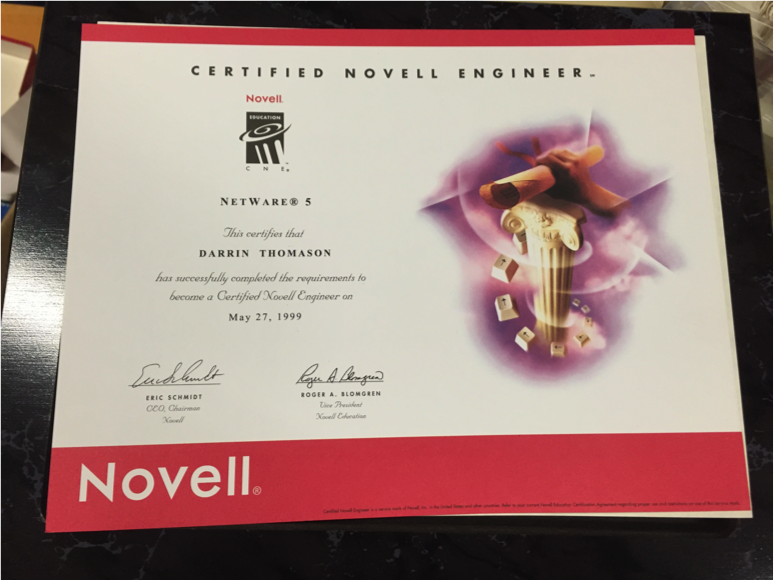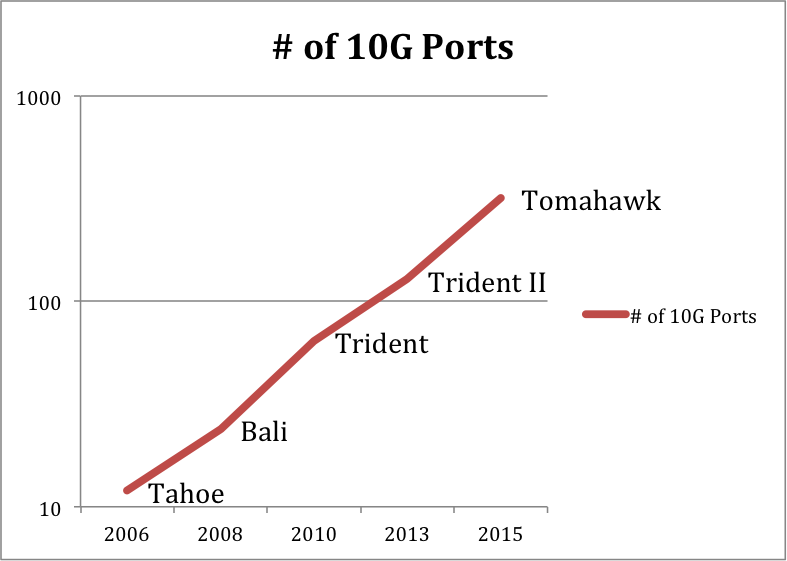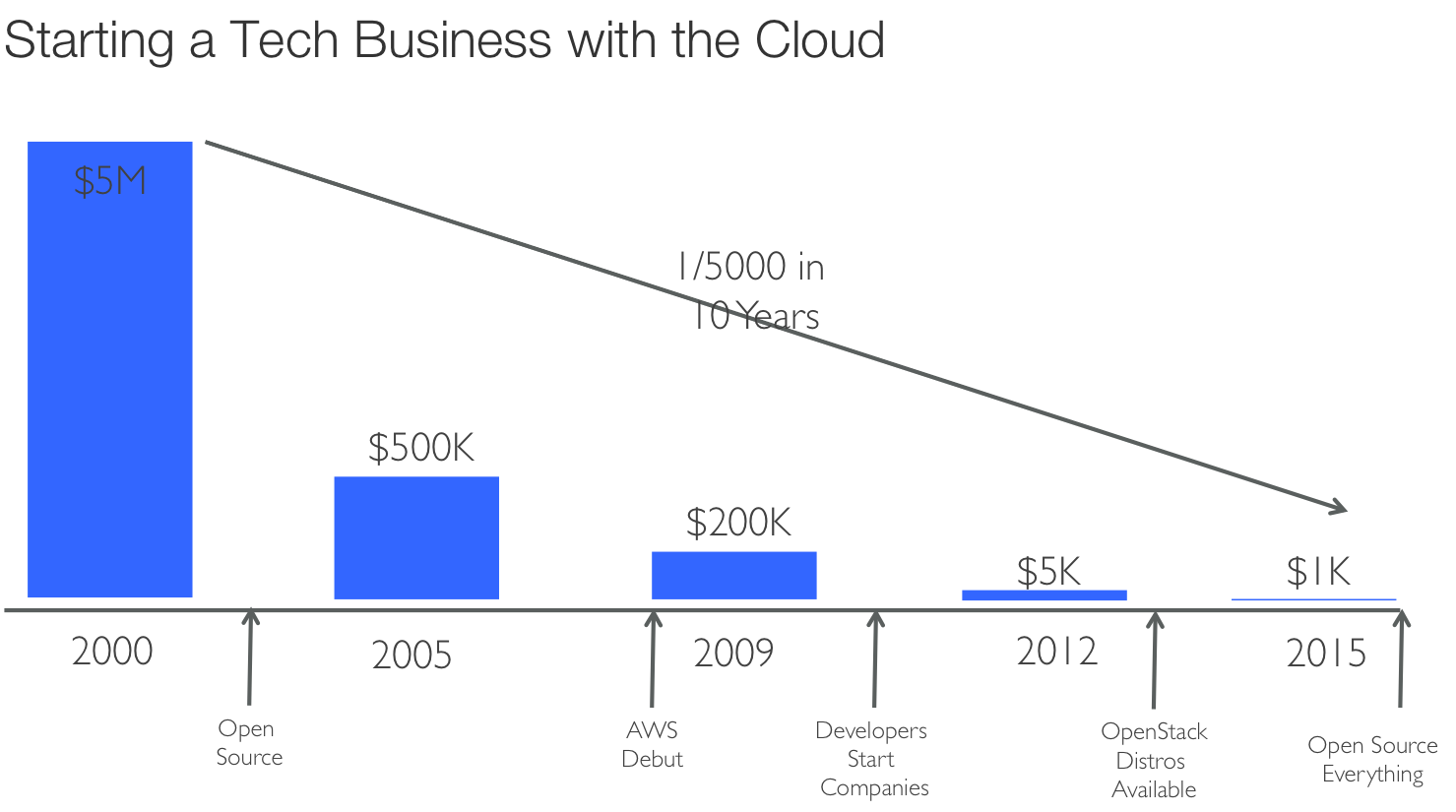Every year I try to take an extended vacation of more than one week. I do this as I find that it takes me more than a week to really get into “the groove” of vacation. I set out with the normal family vacation goals, but I want to take some time in each location and look for leadership lessons, to think about my leadership, and to put together a strawman plan for the coming year. So in June we set out to visit Hawaii – particularly a week in Honolulu, Oahu, and a week in Maui. Here are the lessons I learned from my time away in 2018:
1 – If you have never thanked someone who has served or prayed with/for someone who has given the greatest sacrifice for our country – you should!
I love history, but to see Pearl Harbor and her stories and even to set foot on the ships that fought to preserve our freedom – a huge thanks is in order. We were out gunned, surprised, and by most accounts shouldn’t have recovered from that fateful day in December 7th, 1941. Instead our service men and women fought with valor, honor and heroism. I do love what our military does for us all. But for some reason this trip where you could be in the submarine that men served, on the bow of the battleship, and even seeing some of the ordnance that was used – made it so much more real. Inside the USS Missouri, it still smells of a school lunch room where men would go and eat a quick meal before returning to their posts. So my first leadership lesson on this trip – is to remember to thank those that have had a profound impact on your life, maybe directly, maybe indirectly. Even better yet – sit down and hear their stories…you won’t be disappointed.
2 – Time with our family is priceless
I spend a lot of my time on the road, in hotels, in airports…you get the picture. This is a lot of time away from my wife and my two children. Though they are beginning to understand the mutual sacrifice, the two weeks away with them was a time to reconnect. My oldest daughter and I got to go surf together (she was much better at it than I). My wife and I got to walk hand in hand down a beautiful beach remembering what it was like to be young and in love. My youngest and I got to explore new places like “Dragon Teeth” and she got to explore and just be a kid. Never forget the reason that you do a job…and they were all sitting next to me on the flight home!
3 – Never stop trying new things
We got to body surf in the surf on DT Flemming beach. We got to surf the waves. We got to snorkel a beautiful reef and see fish that we could only see in pictures before. We got to try all sorts of new food (though I missed the Huli Huli Chicken). All of it was amazing. Live with the wonder of a child, never give up on trying new things – whether in life or in leadership of the team.
4 – Everyone should walk on the clouds at sunset once in your life
 We went driving like crazy people up the side of the Haleakala Crater summit at sunset. The switchbacks were many and the altitude was high. We stopped eventually around 9500 feet to get some pictures of the sun setting and the cloud ceiling looking like you could walk out on it to touch the sun.
We went driving like crazy people up the side of the Haleakala Crater summit at sunset. The switchbacks were many and the altitude was high. We stopped eventually around 9500 feet to get some pictures of the sun setting and the cloud ceiling looking like you could walk out on it to touch the sun.
There is great beauty in so many things in life so drive like a madman to your own 9500 feet…but then stop and experience the beauty and take time to enjoy the view!
5 – Life will throw you many twists and turns
We drove the road to Hana and finished it up by coming around on the backside, which essentially takes you all the way around the mountain. It was a harrowing journey of turns, switchbacks, one lane bridges, and some rude people along the way.
 Much like our
Much like our everyday lives, we will encounter stress so slow down and make the right decision as you go around the curve. We sometimes will have an impasse, where someone will need to back up and show some grace as the other passes by on the one lane bridge. We will encounter jerks that pass you in the most dangerous spots because they are in a hurry to get to the destination and you seemingly are in their way…just let them go by as they take their own lives in their hands. But through all these challenges, you will experience breathtaking views. Just remember as in leadership that it isn’t always about the destination – it is about the journey and what you see along the way!
6 – Work will survive without you
We all want to be indispensable. But guess what? The company will survive without you. Yes, they may suffer a little while you are out, but if your company can’t survive without you for two weeks – you are no leader. Never mind the time away will allow you to reflect on your own leadership and how you can be better – which will only make the company better.
7 – Always be planning your next move
I love what I get the privilege to do every day. That doesn’t mean that I can be on auto-pilot forever. I need to think about my career. I need to think about what I want to do or become in the future. I need to set goals for my learning, advancement, and leadership. I have made some of my most impactful career decisions while on vacation. There comes a clarity while on vacation as to what you want to become – whether that involves your current role or a future one that you aspire to be in.
8 – Read…Read…Read…
I don’t get to do this as much as I used to. Previously I would pick up a book at the airport bookstore and read it on every plane ride…now I sleep on most plane rides. For this trip, I recently picked a copy of one of my favorite magazines – Harvard Business Review. I updated my kindle with a few books that looked interesting. Vacation is a time while traveling to read…learn…refresh your knowledge…do this more often!
9 – Everything is better with friends
The last two years we have traveled and spent some of our time away with friends, whether they be local to where we are traveling or if they are traveling with us. I can’t explain the difference that this makes. It turns an already good vacation in to a great vacation. Much like those that we work with – it is better to be with great friends rather than a bunch of strangers. So pick your team with the same rigor – looking for people that you could hope to call friends one day…because everything is better when shared with friends!
10 – All things must come to an end
It sounds a bit morbid but let me explain. My kids asked repeatedly if they could stay in Maui. I responded with “unless you want to become farmers and your mother and I become full time Uber drivers” we need to go back. All things come to an end. Your vacation comes to an end, your job will eventually come to an end, and yes even your life (barring any cryogenic freezing of our brains) will come to an end – that is a constant that we can plan on. What you can control is how you spend your time here. Love deeper, experience the unknown, try things and fail, try things and succeed, and drive the winding road…but take in the views. We were all brought into this world without any of our own doing and we will likely leave it the same way. The story between the bookends is ours to decide…what will yours say?

